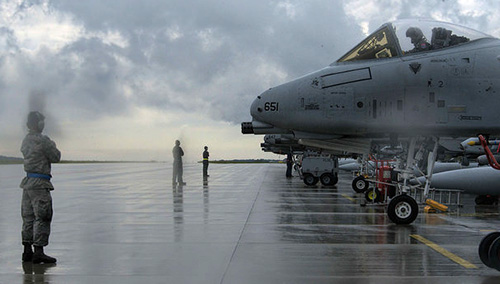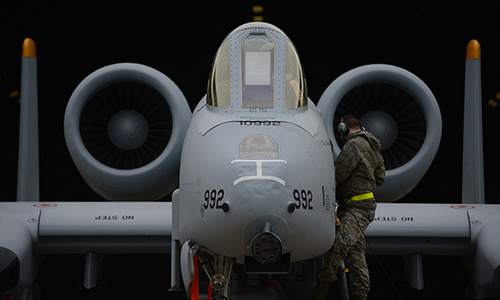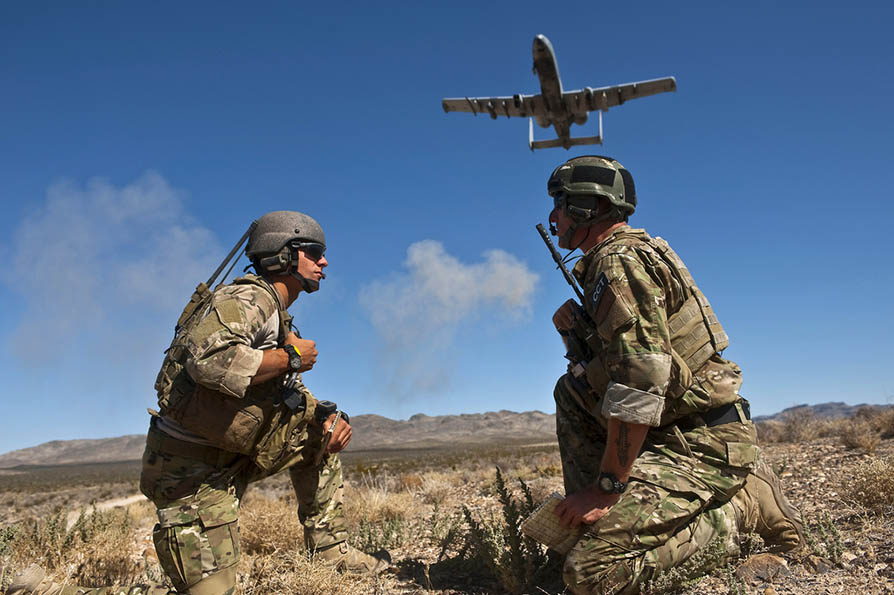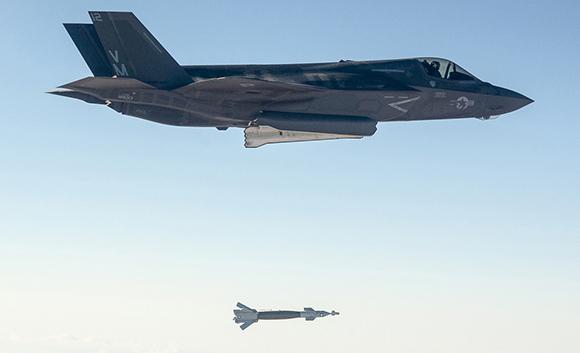The comparative tests between the F-35 and the A-10 officially started: the details of the evaluation, still in progress, are currently classified. The Pentagon points out that in concert with the Air Force, in-depth analyzes are taking place, simulated and real tests under different conditions.
No note on the decision to bring forward the tests between the two platforms by almost two years.
The tests - reads an official Pentagon statement - will reveal the capabilities of the F-35 in CAS missions.
These comparisons had already been foreseen, as happened in the past, for example, with the F-22. The F-35 development timeline includes comparative tests with all the planes it will replace. The fly-off is an integral part of the development of the F-35 before starting mass production.
The A-10 will be the first aircraft, then it will be the turn of the F / A-18 and so on. Both aircraft will have to demonstrate their respective capabilities in tactical support.

F-35 supporters bet everything on fifth-generation technology to support the troops in the field. For A-10, on the other hand, the numbers that continue to make it the best choice for close air support continue to speak. Should the F-35 perform the A-10 CAS missions with the same efficiency, the end of Warthog it would be certain. Otherwise it will remain in service until the decision of the AX program that as we know provides three options: build a new one Warthog, use current assets to meet CAS missions or extend the life of the A-10 to the 2040 / 45.
The Air Force has abandoned four A-10 squadrons from the 2012 to today, while those that are still in service have switched from 24 to 18 aircraft. The Air Force deploys nine squadrons in the world in four operating theaters: South Korea, Iraq and Syria, Eastern Europe and the Philippines.
Built at the end of the 70 years in exemplary 715, they have been redesigned to fly up to the 2028. This figure should not make you scream in scandal: just think that the B-52 fleet will fly up to the 2040. The Pentagon has recently invested a billion dollars in equipping the A-10 with a new cockpit, fire control system and a HMD (helmet-mounted display) implemented on the helmet.
Disputes on the A-10 arise from the need to free up funds to be allocated to the F-35 which, in theory, was also presented as an aircraft in the CAS role. We know this is not the case. The universal hunting project, both in terms of the common components for the three variants and for the multi-role role, has officially failed for some time. The Navy is developing its own specific fighter, while the Air Force presses to reopen the line Raptor.

The sacrifice of the A-10 was deemed necessary to ensure the economic flow for the F-35. Unfortunately, as we have repeated several times, the F-35 tactical fighter will never play the missions of the Warthog and to equalize its historically underestimated close support capabilities. Finally, there is the atavistic diatribe between Air Force and the troops on the ground. After the initial phase (lasting years) for the all-inclusive JSF, the Pentagon also admitted the facts, authorizing the AX program (natural substitute for A-10).
Despite budgetary pressures and the need to free up resources to be allocated to the F-35 program, the Air Force in its latest budget request allocates the final retirement plans to the 2022 (with 49 aircraft disposed of within the 2018).
Congress has vetoed, freezing any A-10 retirement until the capabilities of the platform that will replace it are proven.

(photo: Lockheed Martin / US Air Force)












